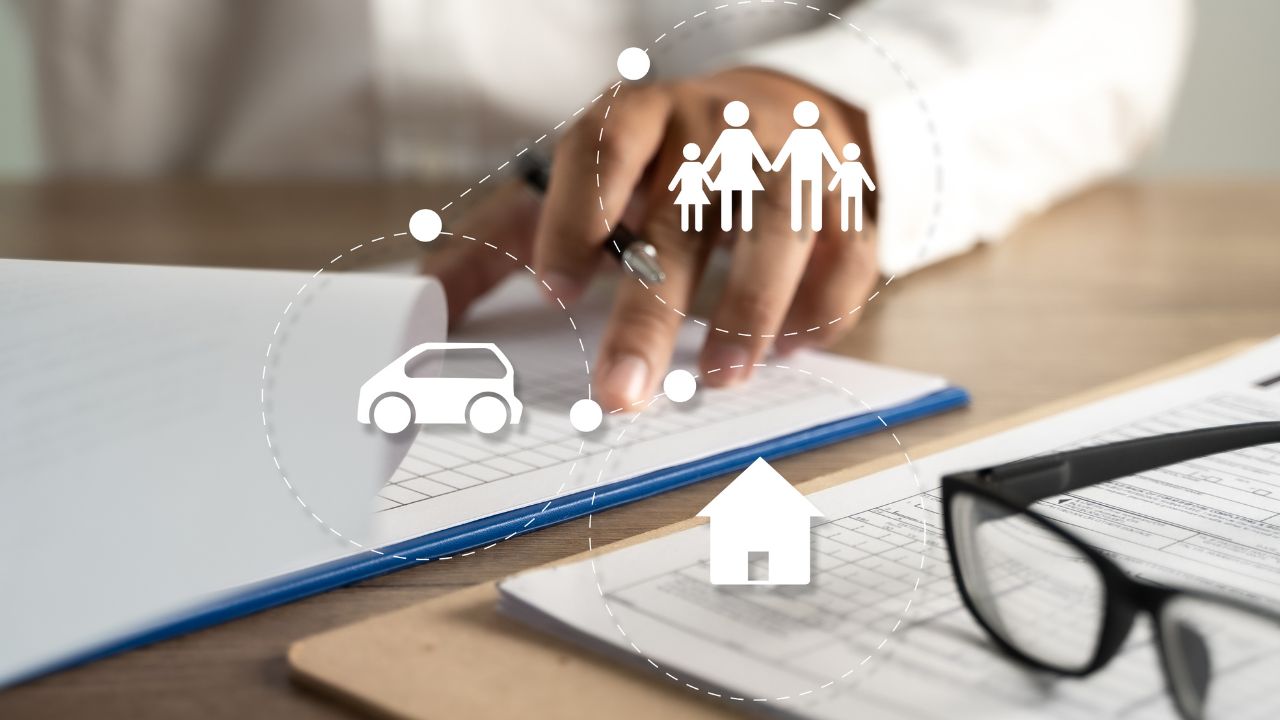At its core, insurance is all about managing risk. For individuals and businesses alike, insurance policies can provide peace of mind and financial security in the face of uncertainty. However, for many people around the world, access to insurance remains a distant dream, particularly in the so-called “last mile” – the most remote and hard-to-reach areas where traditional insurance providers struggle to offer coverage.
In this article, we will explore the concept of Last Mile Insurance, its challenges, solutions, benefits, and future potential to close the global insurance gap.
What is Last Mile Insurance?
The term “last mile” refers to the final stretch of a service delivery network, typically the distance between the service provider and the end user. In the case of insurance, the last mile is where many low-income households, small businesses, and individuals living in remote areas are left without coverage, despite the potential risks they face.
The challenges of providing services in the last mile are numerous, including limited infrastructure, lack of access to information, and high transaction costs. However, innovative insurance providers have been working to overcome these barriers, often in collaboration with local organizations and technology solutions.
One example of Last Mile Insurance in action is the MicroEnsure program, which provides microinsurance products tailored to the needs of low-income individuals in developing countries. Microinsurance is a type of insurance that covers specific risks, like illness, accidents, or crop failure, with small, cheap policies.
By using a combination of mobile technology, community outreach, and simplified products, MicroEnsure has been able to reach millions of people who were previously excluded from the insurance market.
Last Mile Insurance Solutions
Microinsurance is just one solution to the Last Mile Insurance challenges. Other approaches include using technology to reduce transaction costs and improve access to information, partnering with local organizations to build trust and awareness, and creating innovative products that address the specific needs of last-mile customers.
For example, some insurance providers have developed weather-indexed insurance products that use satellite data to trigger payouts in the event of droughts, floods, or other climate-related disasters. Others have used mobile apps to allow customers to purchase insurance policies and make claims directly from their smartphones.
Partnering with local organizations is also a key strategy for expanding Last Mile Insurance coverage. By working with community-based groups, NGOs, and government agencies, insurance providers can leverage existing relationships and knowledge of local contexts to build trust and awareness of insurance products.
For example, in Uganda, the Community Health Insurance Association works with local health centers and insurance providers to offer affordable health insurance to rural communities.
Benefits and Impact of Last Mile Insurance
Last Mile Insurance has several benefits, including:
Improving Access To Healthcare In Remote Areas
Last Mile Insurance can help make healthcare more accessible and affordable to individuals and families living in remote and underserved areas. It can provide coverage for medical expenses, such as doctor visits, hospitalization, and medications.
Reducing Financial Insecurity For Low-Income Households
Last Mile Insurance can also help reduce financial insecurity for low-income households by providing protection against unexpected risks, such as illness, accident, or death. This can help them maintain their standard of living and avoid falling deeper into poverty.
Boosting Economic Development In Marginalized Communities
By providing financial protection and security, Last Mile Insurance can help boost economic development in marginalized communities. It can provide entrepreneurs and small business owners with the peace of mind they need to invest in their businesses and take calculated risks.
Examples Of Last Mile Insurance Success Stories
Some examples of Last Mile Insurance success stories include:
- The Kilimo Salama program in Kenya has provided crop insurance to over 180,000 smallholder farmers since 2009.
- The Ayushman Bharat scheme in India has provided health insurance coverage to over 100 million low-income individuals since 2018.
The Future of Last Mile Insurance
As technology continues to advance, Last Mile Insurance is likely to become an increasingly important tool for addressing the global insurance gap. By using mobile apps, artificial intelligence, and blockchain, insurance providers can reach even the most remote areas with affordable and customized products.
Take Away
Last Mile Insurance has the potential to address the global insurance gap and provide people in remote areas with the coverage they need. With advances in technology, Last Mile Insurance is becoming increasingly accessible and affordable, allowing insurance providers to reach even the most remote areas.
The future of Last Mile Insurance looks bright, and it is likely to play a crucial role in expanding insurance coverage to underserved communities around the world.





